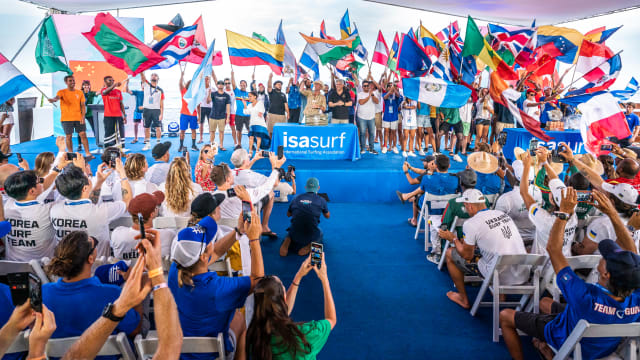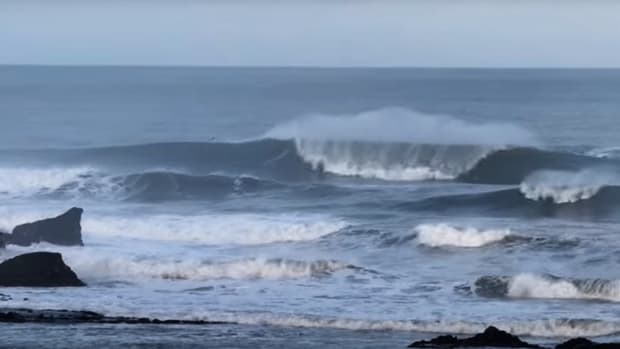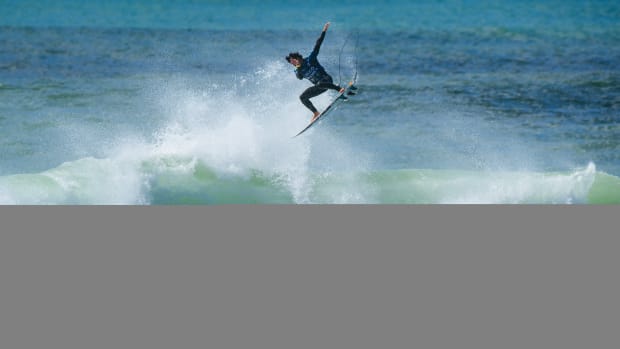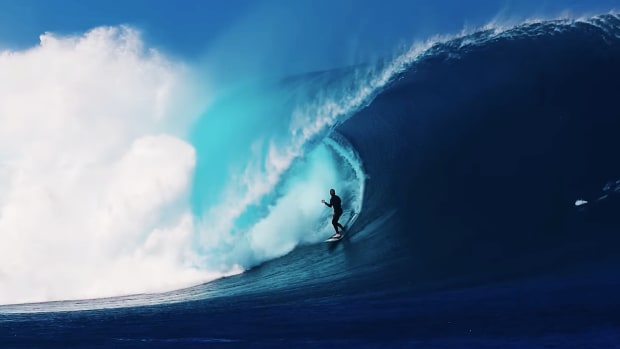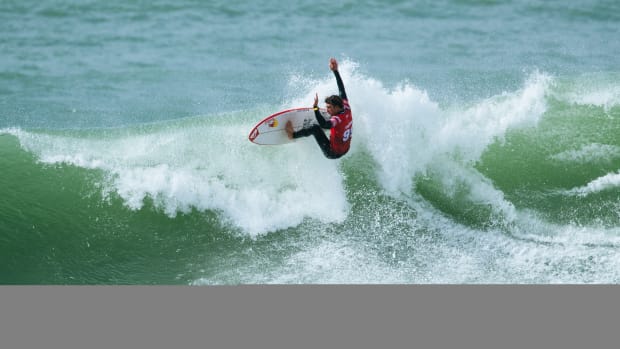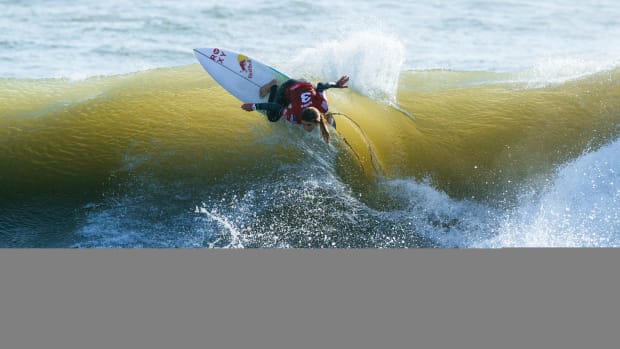
Big Waves, Big Feasts And Early Days On The North Shore
In 2005, three-time world champion Tom Curren was on the North Shore enjoying yet another golden resurgence in his storied career. On Thanksgiving Day the waves at Pipeline and Backdoor were eight- to ten-foot, clean, glassy and pumping. The enigmatic Curren kept popping up in the lineup every now and again. He’d bag a big tube and then disappear back up the beach. Turns out, he was cooking a turkey at John John Florence’s house and had to keep going in to baste his bird.
But the Curren family legacy on the North Shore goes deeper than that. In the late 1950s, Curren’s father, Pat, ensconced on the Seven Mile Miracle with a rag-tag crew of La Jolla surfers, and for a brief moment, they created a bohemian surfer’s paradise…before their landlord got wise to what they were doing.
They rented a small house to ostensibly surf the big Hawaiian surf all winter and affectionately dubbed it the “Mead Hall” after the King Arthur and Knights Of The Round Table legends.
“It was mostly Pat and the La Jolla guys -- maybe 10 guys altogether. It was a three-bedroom, fully furnished place for $65 a month across from Ke Iki Road,” recalled big-wave pioneer Fred Van Dyke in a memoire. “Pat went in there like always, checked it out, didn’t say anything. Then he lined up everybody for a meeting and the plan unfolded. Two days later, they had completely gutted the place. Just tore the insides out of it. With the leftover lumber they built surfboard racks along the side and a giant eating table down the middle. Pat got the Mead Hall idea from the old King Arthur books. That was the meeting place for all valiant gladiators.”
“When it was finished, Pat stood back. ‘I think this will do; I’m going surfing,’” continued Van Dyke. “With that, he strolled into the backyard, picked up a machete, and hacked a couple of branches from a Hale Koa tree. He tied these to the top of his battered car and secured his board to the new rack. Pat disappeared in a cloud of fumes, headed toward Sunset.”
Besides a fearless surfer and talented craftsman, Curren had experience as a seasoned diver, having spend time underwater working for the oil companies on offshore oil platforms back in California. On the North Shore, he applied his diving skills to supplying dinner for his household. One day, after a dive, filmmaker Bruce Brown stopped by the check in.
“I heard you got bit out there,” Brown asked, referring to an encounter Curren reportedly had with a moray eel.
“Yup,” answered Curren, always a man of few words.
“Yeah, well, what happened?” continued Brown.
“I guess I scared him,” Curren surmised.
‘Is it bad?” Brown asked
“Umm... naw,” Curren replied.
“All the while, Pat’s holding his hand in his pocket. I asked if I could see it, and he begrudgingly pulls it out, just a piece of hamburger, covered with old tobacco and pocket lint, unbelievably bad,” described Brown.”[Mike] Diffenderfer and those guys tried to get him to a doctor, but Pat just sat and rocked in a chair for a couple of days. Finally he just fell out of the chair with blood poisoning. We had to drag him to the hospital.”
Recovered from his injury, Mead Hall wouldn’t last much longer.
“There’s no way to express the look on the owner’s face when he came the next month to collect the rent,” wrote Van Dyke. “Needless to say, Mead Hall was short lived.”

